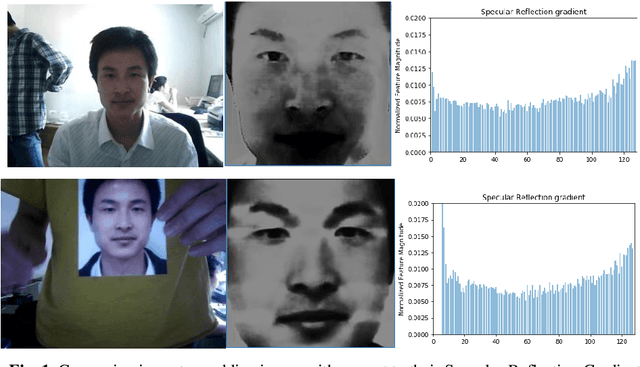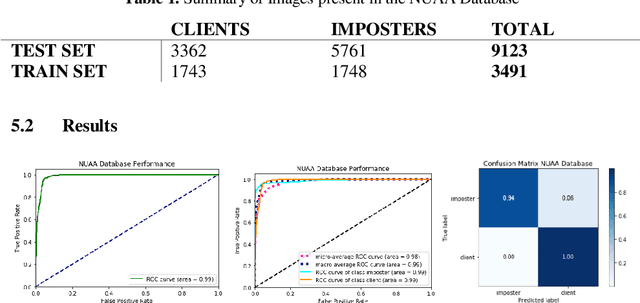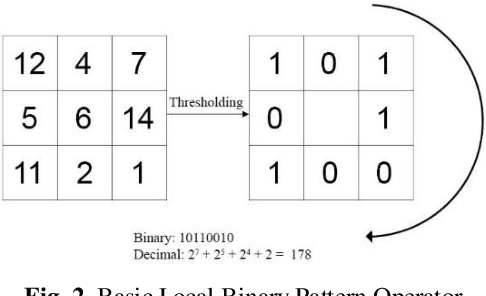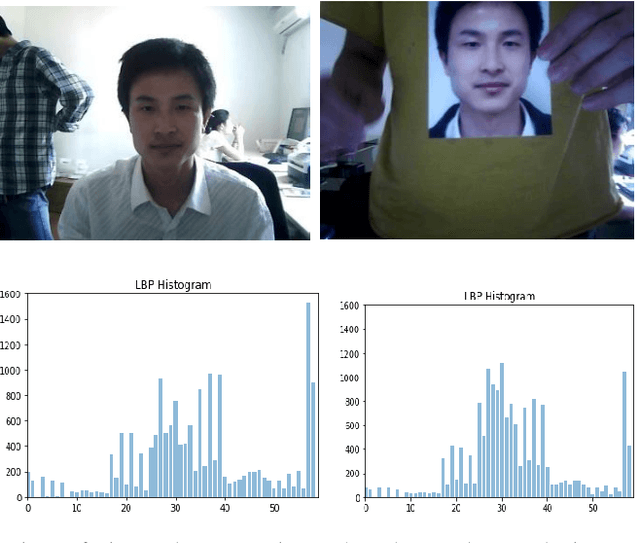Anant Kumar
Improving Expressivity of Graph Neural Networks using Localization
May 31, 2023



Abstract:In this paper, we propose localized versions of Weisfeiler-Leman (WL) algorithms in an effort to both increase the expressivity, as well as decrease the computational overhead. We focus on the specific problem of subgraph counting and give localized versions of $k-$WL for any $k$. We analyze the power of Local $k-$WL and prove that it is more expressive than $k-$WL and at most as expressive as $(k+1)-$WL. We give a characterization of patterns whose count as a subgraph and induced subgraph are invariant if two graphs are Local $k-$WL equivalent. We also introduce two variants of $k-$WL: Layer $k-$WL and recursive $k-$WL. These methods are more time and space efficient than applying $k-$WL on the whole graph. We also propose a fragmentation technique that guarantees the exact count of all induced subgraphs of size at most 4 using just $1-$WL. The same idea can be extended further for larger patterns using $k>1$. We also compare the expressive power of Local $k-$WL with other GNN hierarchies and show that given a bound on the time-complexity, our methods are more expressive than the ones mentioned in Papp and Wattenhofer[2022a].
A Non-Intrusive Method of Face Liveness Detection Using Specular Reflection and Local Binary Patterns
May 27, 2019



Abstract:With the advent of ubiquitous facial recognition technology in our everyday life, face spoofing presents a serious threat to the reliability of the security of the system. A spoofing attack occurs when a person tries to impersonate another person\'s biometric traits in order to circumvent the biometric security of the system. We have seen a lot of work being done to create systems, both intrusive and nonintrusive, to tackle the ingenious ways in which spoofing attacks try to bypass the biometric authorization systems but at the cost of computation or robustness. In this paper, we propose a robust, computationally swift and non-intrusive method to detect face spoofing attacks consisting of recaptured photographs of faces using Local Binary Patterns(LBP) and Specular Reflection. We consider the application as a binary classification problem and make use of Support Vector Machine(SVM) classifier to classify the photograph into real or fake. Experimental analysis shows competitive results of our method on publicly available datasets when compared to other works.
 Add to Chrome
Add to Chrome Add to Firefox
Add to Firefox Add to Edge
Add to Edge